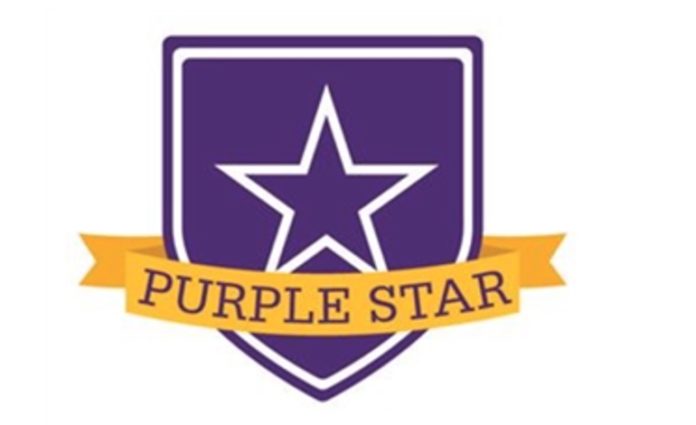By DAVID BOYLE
During the recent town halls that the Anchorage School District held regarding the closing of six schools, parents voiced several concerns: They said they loved their schools. They loved their teachers. The school was the center of the neighborhood.
But most of all, parents feared the disruption their kids would suffer if they had to change schools. They voiced how difficult it would be for their children. They would lose their teachers. They would lose their friends. They would have to start over.
These concerns resonated with me as I thought about my own children. As a father in a military family, I can hear my children’s voices when those words, “We have orders, and we’re moving this summer.”
My kids were looking forward to an adventure, but hated leaving friends and schools behind. Every two to three years I told them it was time. It was a part of their routine. And it was never easy.
As a veteran, I can tell you these can be some of the most challenging words a military member can utter to their family.
Reactions can range from, “Not again. We just got here,” to, “Great news, I hate this place.” Relocating to an unfamiliar place is daunting. Choosing a place to live with your child’s education in mind is even more so.
Military families face a lot of challenges. The movers come and pack things—some of which the family might never see again. Likewise, the kids pack up their lives to probably never see their friends and classmates again. Military children feel like their friendships and social lives may never be the same. On top of that, these kids also must adapt and survive in new classrooms and new neighborhoods that are thousands of miles away from their previous homes.
In many cases, some spouses remain in their current location, so their children can complete a school year after receiving relocation orders. Some spouses even stay put until their kids finish high school, which can take years.
Uncertainty of the quality of education in the next place is enough for some families to feel they have no better option than to brave the hardships that such a distance can bring.
Military kids lose the continuity of a curriculum. There may be no advanced placement classes, a different math program, and a different way of teaching reading. And they may be ahead or behind in core subjects. Any work towards an IEP for learning challenged children at a previous school was forgotten and the paperwork started again.
My wife and I relocated our kids to five different state school districts in a ten-year period. The most difficult task was to find a home for the family. And the number one criterion was which ZIP Code had the best schools. That information wasn’t always easy to figure out.
It took some digging to look at the quality of potential schools for our children. Unlike students, schools do not receive grades.
The good news is there is a new effort to help military families navigate their way to finding a new school, establish relationships, and help students adapt to their new school.
Help is on the way. The Military Child Education Coalition has established the Purple Star program to recognize and assist military children in these education challenges.
The State of Alaska has joined the Purple Star program and established a Purple Star Schools Advisory Board.
The requirements to be recognized for the program are stringent and not merely “square fillers”.
Alaska requires a school to have a web page that shows resources for military families. It also requires the school to have a military liaison.
This liaison must enroll in a military family professional development course.
The liaison person must identify and inform teachers of the military sponsored students and the unique considerations that they should receive. And thankfully, because military families make up a large section of our population, some Alaska school districts have taken advantage of this great program.
The Fairbanks North Star Borough School District is an active participant in the Purple Star program and already has 10 schools designated as Purple Star Schools.
The Ketchikan Gateway Borough School District has seven Purple Star schools.
Even the Kodiak Island Borough School District has one Purple Star school.
What about the largest school district in our state — Anchorage? How many Anchorage Schools have participated in this Purple Star program?
Surprisingly, the Anchorage School District has only one Purple Star school — Eagle River High School.
This Purple Star School program has not been a priority for the Anchorage School Board, even though the city has a very large number of military-sponsored students. The deadline for Anchorage (and other communities) to apply is Jan. 31, 2023. Learn more here.
Parents, if you want your school to participate and benefit from this program, learn more at the Alaska Department of Education & Early Development page.
Parents, if you need resources to help your military child adjust to a new school, visit the Military Child Education Coalition web page.
David Boyle is the education writer for Must Read Alaska.

A worthy organization.
Thanks for providing information about a situation that most of us have never had to consider. Sound as if Purple Star is a pretty good solution to address the issues involved. Hopefully ASD will get with the program
A little typo for the 31st, not Jan 32nd.
Got it – thanks! – sd
I am a fan of education pods.
… like homeschooling but with a group.
It would satisfy all ideological factions.